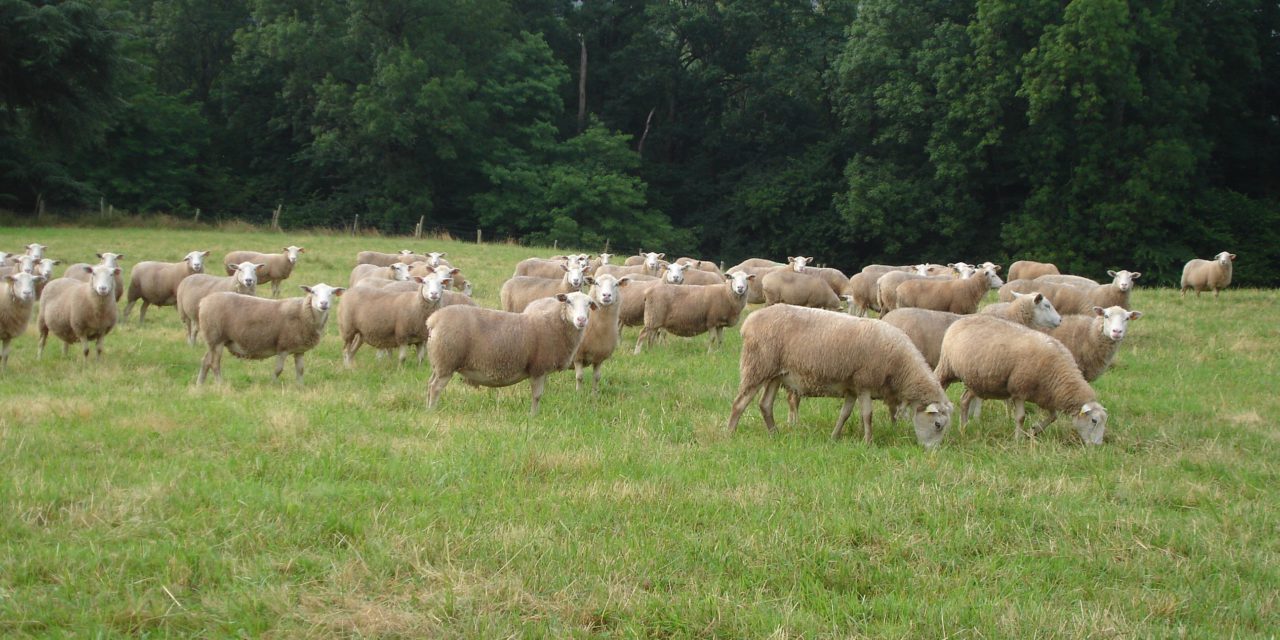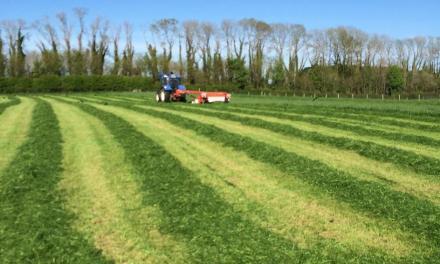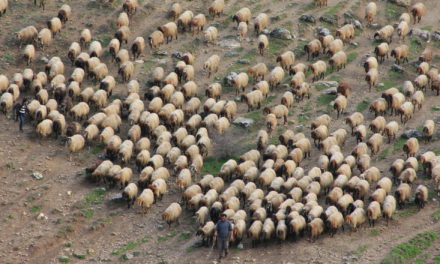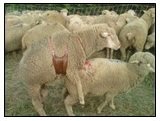This post is also available in:
![]()
![]()
![]()
![]()
How to achieve a successful dietary transition when turning out at springtime
Factsheet name: How to achieve a successful dietary transition when turning out at springtime
Need / Issue: Digestive disorders and grassland management
Why implement it:
The animals will go from shed ration, often based on dry fodder, to very palatable spring grass with low cellulose content. However, dietary imbalances that affect the health of the animals can occur (see attached diagram). Grass contains lots of water, which can have a laxative effect and lead to diarrhoea and a blockage of the rumen, thus reducing the ingestion of dry matter. This can cause a decrease in production that can often be found when turning out to pasture, as well as ketosis in pregnant ewes. The high sugar content and low cellulose content of young grass cause a lowering of the ruminal pH, which also lowers the production level and the Fat Content. The low levels of cellulose fibres and the high levels of soluble carbohydrates also cause bloat, especially if the grassland has high concentrations of legumes (clover, alfalfa). All botanical species are full of non-protein nitrogen at the beginning of the cycle, including degradable nitrogen and nitrates. These nitrates are potentially toxic for ruminants. The major risk however is grass staggers, or Hypomagnesaemia. Hypomagnesaemia can be caused by different factors:
- a lack of intake: grass is low in magnesium, and its high-water content limits its ingestion,
- a lack of absorption: grass has high levels of potassium, water, and non-protein nitrogen. These 3 elements reduce the absorption of magnesium, while sodium enables it,
- a lack of distribution: lipomobilisation syndrome induced by limited DM intake, stress, cold temperatures when turning out, and possibly high levels of production causes absorption of circulating magnesium.
While this tends to happen with regrowth at the end of summer, moving the animals to a richer plot can cause sudden deaths due to 3-methyl indole intoxication (emphysema), especially if the plot contains legumes.
How to implement it:
To minimise these effects, it is important to follow 3 rules when putting the animals out to pasture:
- Take time to adapt the ruminal microbiota to the new feed. A transition should take place over several days, ideally 3 weeks, and gradually making the outings longer: ¼ of the grazing time objectives the first week, ½ on the second week and ¾ on the third. Switching too quickly to a rich grass diet can lead to the problems described below.
- Provide long, hard fibre to stimulate rumen. Ewes should be fed roughage ad. lib during the transition period in the shed, as it provides the fibre needed for rumination.
- Balance minerals and degradable nitrogen according to botanical species (legumes vs. grasses). Magnesium, sodium, and potassium intake should be monitored, and mineral/vitamin supplement changed if necessary. A temporary cure using a feed with an adapted nutritional objective (such as a ruminal bolus for instance) can be a solution for magnesium. For potassium, attention should be paid to rich raw materials such as tubers, roots, and by-products such as vinasse or molasses. A mineral lick (NaCl) can also be used. Finally for nitrogen, it is advised to review indoor nitrogen supply and to opt for tanned oil cakes or brewers’ grains. An excess in nitrogen in grazing animals (early heading stage) can cause reproductive problems in ewes and health problems for lambs. To limit the risk of nitrate poisoning or excess nitrogen and potassium, do not fertilise with N and K before turning out the animals.

Topic: health/nutrition
Production: Dairy / Meat
Animal Category: Adult / Lamb / Replacement
Level of solution: practise
Expected benefits:
By following these recommendations, you will reduce the problems caused by turning out to pasture. Healthy animals will also respond and resist better to other diseases such as infections, parasites, etc.
Prerequisites and/or limits:
Making these transitions is time-consuming and requires that the grazing areas used be near the shed. This transition should also be considered when building up forage stocks for winter.
Attention should be paid to the condition of animals’ feet during these repeated return trips from the shed.







